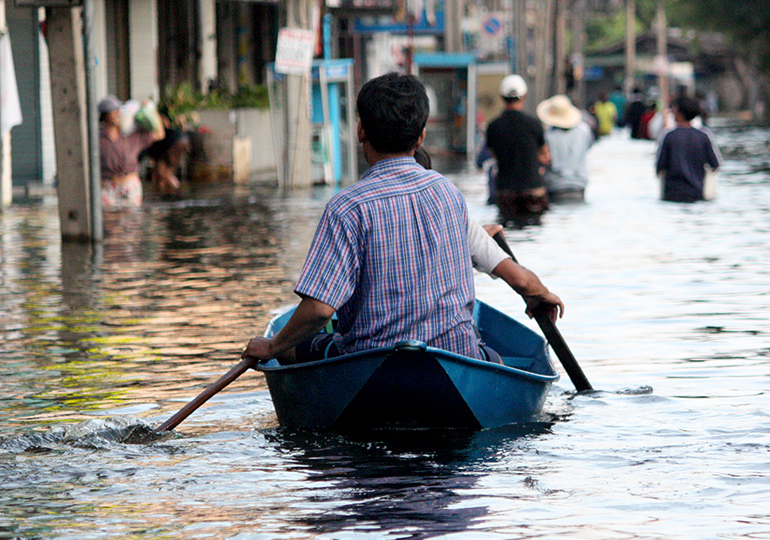Climate risk is here, it’s evolving fast, and this is how we’re responding


The clock is ticking on climate change. As temperatures rise year-on-year so do the risks to businesses – banks like ours as well as our clients.
As we speak Australia is suffering the worst wildfires in history, and other natural hazards across the globe, such as droughts, floods and sea level rise continue to cause havoc. Stabilising rising global temperatures requires a significant shift away from how we all operate today, presenting new opportunities, but also risks to individuals, business and economies who fail to plan for the transition.
Sometimes, the link between climate change and financial loss isn’t immediately obvious. Consider this example: Rising sea levels and increased flooding might make it harder for coastal property owners to get insurance, leading to property prices falling, and the risk of higher defaults on mortgages. Here then is the financial risk. There is wide-ranging recognition within the financial services sector that ignoring climate risks will be costly. Translating climate science into financial loss is inherently difficult, but the message from regulators and investors alike has never been clearer – start now.

Like other banks, we are integrating climate risk into our central risk management practices. The Bank of England has plans for a new stress test, where banks will examine their balance sheets under a set of different climate scenarios. Unlike traditional financial modelling, it will be over 30 years, and means linking climate hazards to macroeconomic impacts, translating into a financial risk and building the outputs into business strategy. This is where preparing for climate risk is different to preparing for other types of financial risks.
The earth is heating, and the rate at which this happens depends upon the actions governments, businesses and consumers take now. If we continue with business as usual, global temperatures could soar, and the risks from extreme weather events could be extreme.
If the world transitions to a low-carbon economy in a disruptive way, then temperatures may rise less but the business model of some companies may no longer be viable. Add in the dependencies between climate and factors like global food production, labour supply, property damage, business disruptions, political action, and consider this across supply chains, between countries and we recognise that solving this requires partnerships across sectors .
That’s why we’re joining forces with Imperial College, a leader in understanding climate science and climate finance. Through research we aim to better forecast where, when and how climate risk affects our clients and our own operations – from now to decades into the future.

During our four-year research partnership with Imperial College we aim to unlock solutions to practical questions like: how local policy actions will affect business models and trade in our markets; and how clients can build resilience to increasing physical risks such as flooding and rising sea levels.
Bringing together Imperial College’s expertise in climate science and climate finance, with our unique footprint in emerging markets, we can help prepare our clients and support their own low-carbon transitions, particularly those in locations most exposed and least prepared for climate risk.
Find out more on how our partnership with Imperial will help us manage climate risk.